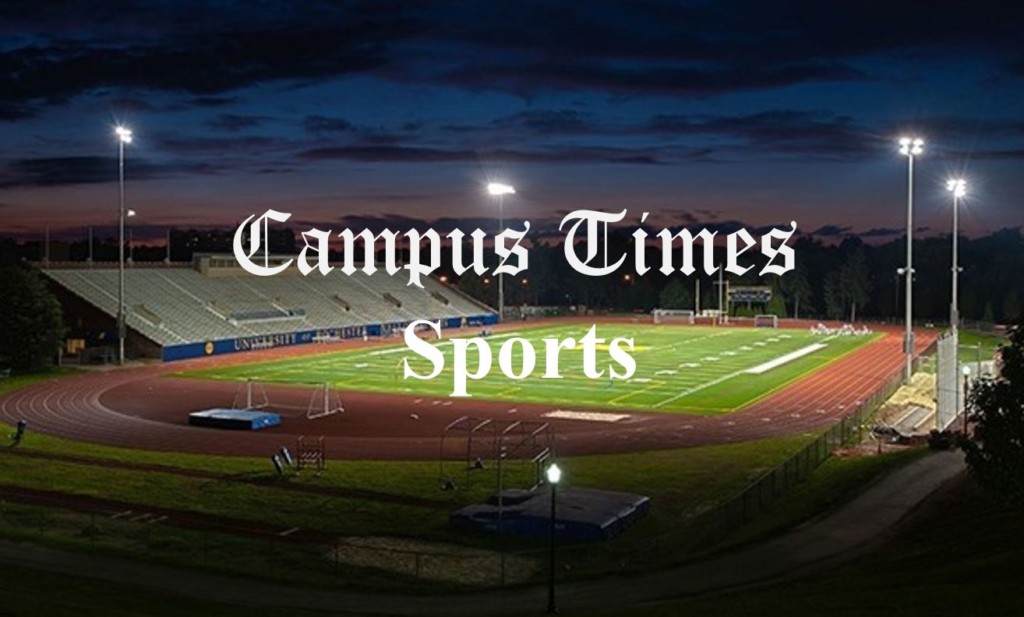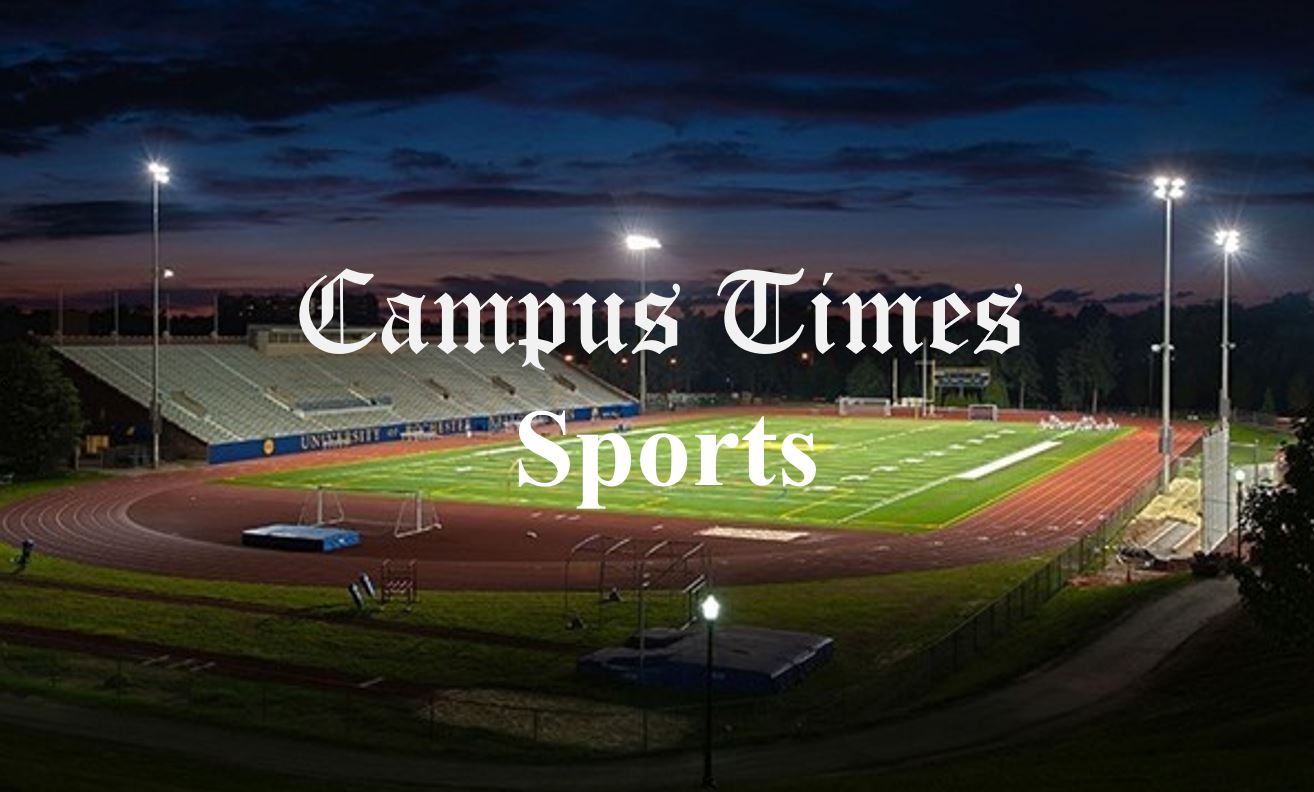The first thing you learn about pro wrestling is that it’s fake.
The first thing you wonder after learning that pro wrestling is fake is why so many people seem to care so much about it anyway.
Tens of thousands of screaming fans thronging sold-out arenas to watch what amounts to a musclebound theater troupe pantomiming a pro sports organization is, to an outsider, perplexing. Do wrestling fans know the matches they’re watching are prearranged? They certainly don’t act like it, hanging off the outcome of every big move with more excitement and devotion than many people afford to the actual sports they follow. Hearing wrestling fans discuss a work of fiction like it’s a legitimate full-contact fight can be off-putting, to say the least.
But when you start to learn more about pro wrestling, the question of its fakeness reopens. Terms like “kayfabe” (the facade of reality wrestlers and others in the industry maintain) and “shoot” (when a wrestler goes off script, or interchangeably, a genuine fight in the ring) enter your vocabulary, and an entire world of very real backstage drama, crooked executive decisions, and behind-the-scenes feuds is revealed.
World Wrestling Entertainment has openly profited off of muddying the truth. “Mr. McMahon,” a slight caricature of the corporation’s real-world, tyrannical owner Vince McMahon (who plays himself), is probably the most successful “heel” (bad guy) in recent wrestling history. Kayfabe-shattering disasters like the “Curtain Call” and the “Montreal Screwjob” haven’t discouraged disillusioned fans, but in many cases done the opposite, attracting thousands to the fascinating and extremely lucrative question of what wrestling “really” is.
Of course wrestling fans know it’s fixed. It would be nonsensical if the people who care the most about it were the only ones out of the loop. But maintaining the illusion is crucial, and that requires fans to play their part.
Wrestling is liminally fictional entertainment. That is, wrestling shows are contests of genuine athletic prowess performed by curated self-caricatures. The outcome of each match is predetermined, but the specific way each fight goes down is sometimes up to the wrestlers themselves. A complicated network of executives, writers, performers and fans collaborates — transparently or not — to create the show.
Every move is carefully choreographed with time for the crowd to react. Bombastic promos and on-stage insults are delivered with calculated pauses to let the crowd roar. How matches proceed and even finish can be governed in real-time based on how fans are responding — and without an audience to applaud, jeer, and gasp at every new development, the soul of the pastime disappears.
Which brings us to now. I’m no dedicated wrestling fan by any stretch, but I was still happy to tune into this year’s Wrestlemania, the biggest yearly event in pro wrestling, just to see what was up. We’re all bored in quarantine, and the WWE has decided (unlike any major sports league in America) that it’s too much of an essential business to let an unprecedented once-in-a-century pandemic cancel the show.
Whatever I was expecting was not what I saw. Even Vince McMahon’s influence over the government — fun fact: Donald Trump is the only U.S. President in the WWE Hall of Fame — was not enough to circumvent regulations at the state and federal level limiting group gathering size, so Wrestlemania this year was put on for a crowd of zero.
The results were bizarre. Superstar wrestlers, veteran announcers, and even a guest appearance from Rob Gronkowski (as a host) could not hide the painful absence of an audience. A live crowd, it turns out, is the catalyst that transforms a bunch of scantily-clad bad actors beating on each other into one of the largest entertainment industries in the country. There’s a tremendous amount of downtime between the action in pro wrestling, and without the fans’ reliable cacophony to fill the spaces between clotheslines and chokeslams, everything I was watching was hollow.
Wrestlers and producers alike clearly have no idea what to do without an audience. The normal pauses between moves — whose purpose is to encourage that audience roar that makes wrestling (at its best) so dramatic — have been left in, resulting in extended shots of wrestlers sitting with their heads in their hands, steeling themselves for the next blow without anyone there to cheer them back to their feet.
When scriptwriters act like a crowd will just materialize if they pretend one is there, the whole kayfabe illusion breaks down. Moves land with dull thuds. Winners raise belts for absent fans, not just fake champions, but fake champions of no one. It’s like “Waiting for Godot” if they beat each other up. The performance is at once obviously staged and troublingly violent without packed seats to remind you that it’s just entertainment, and the outcome being predetermined doesn’t make it any less disturbing to watch people wailing on each other in dead silence. Without the fans, what’s the point?
Wrestling relies on the reciprocity between the fictional characters throwing each other around in the ring and the real people loving every second in the stands to function. Without half of that relationship, at least for me, it’s hard to watch.



